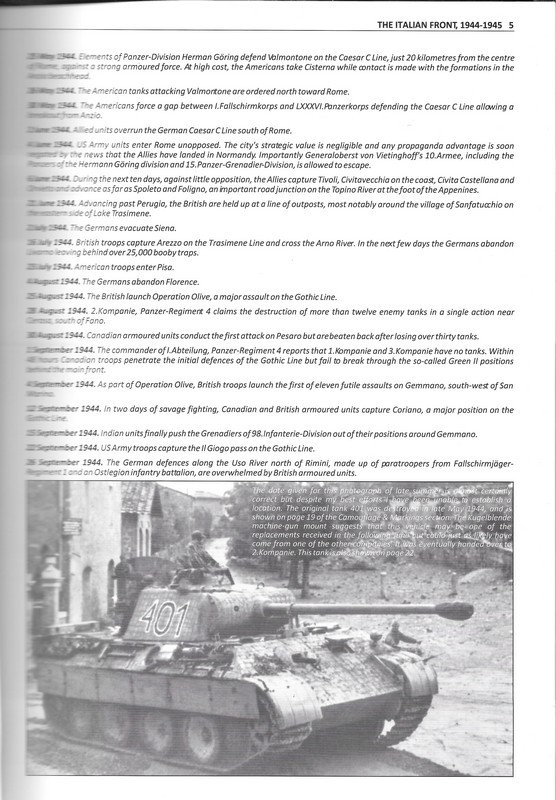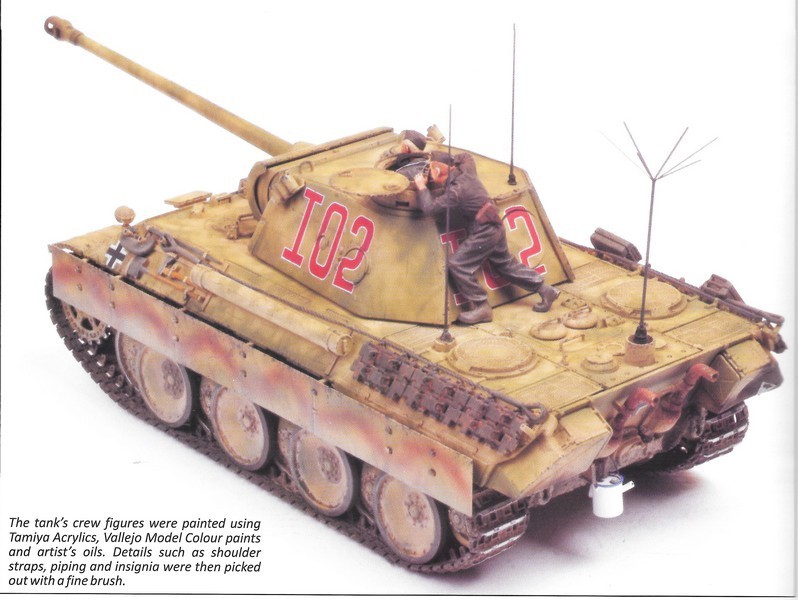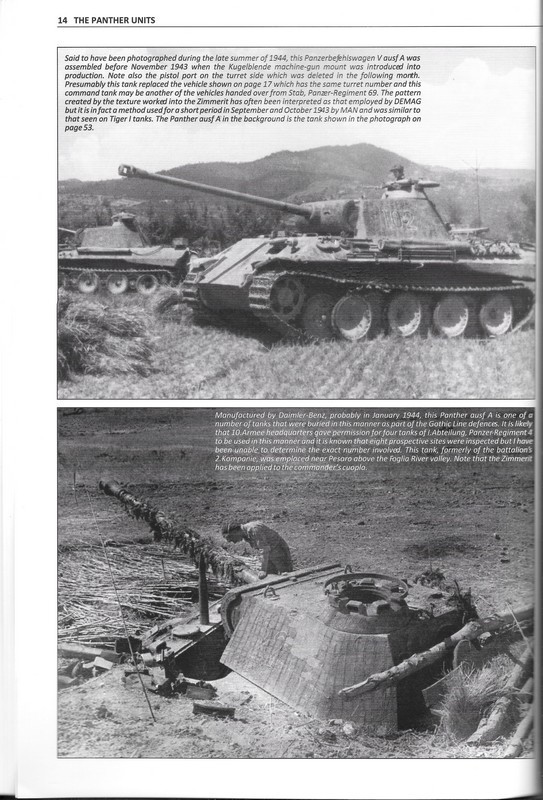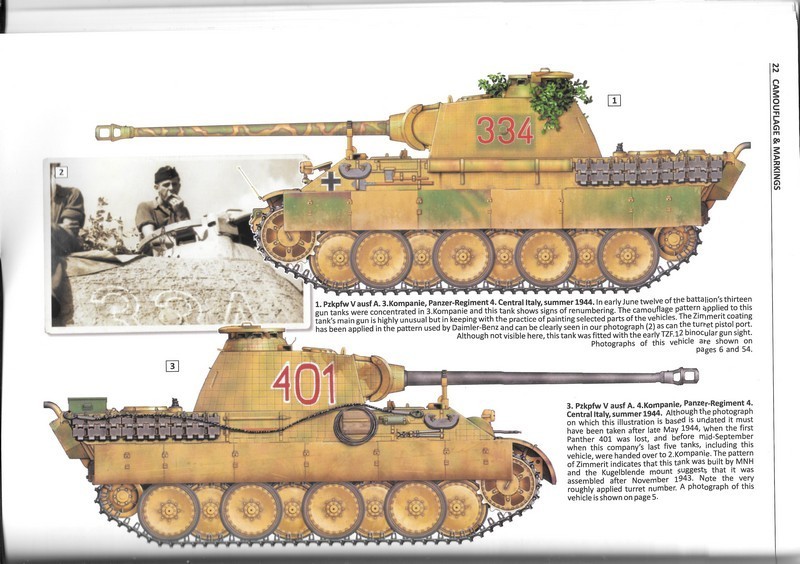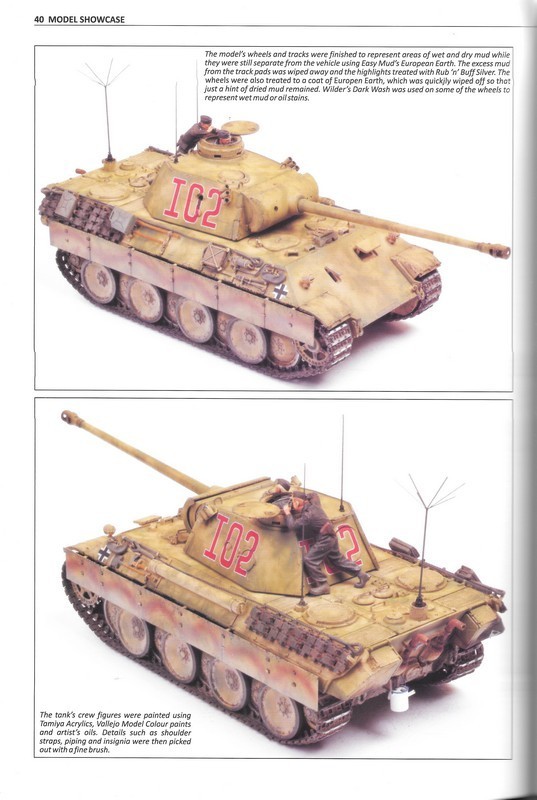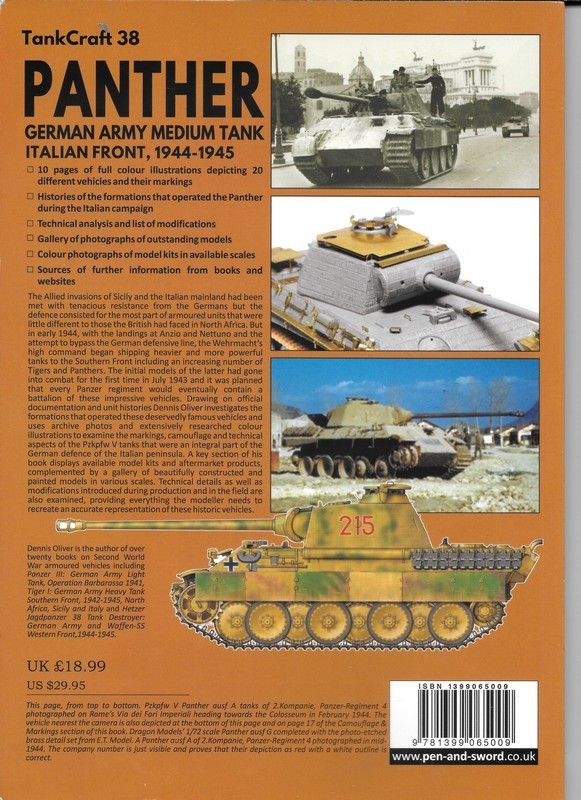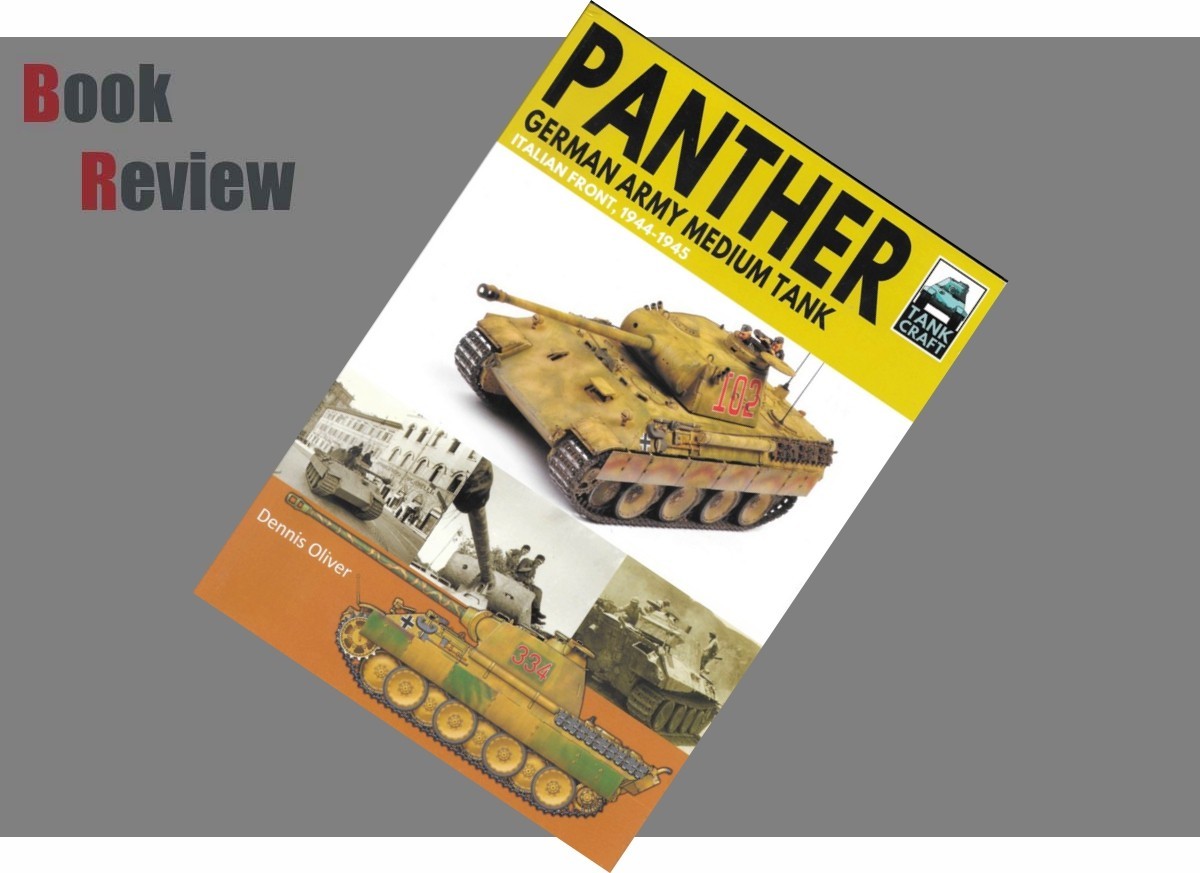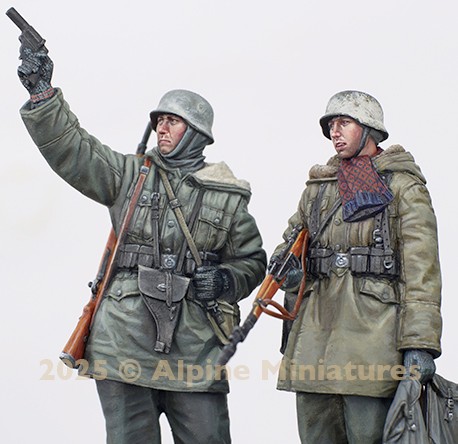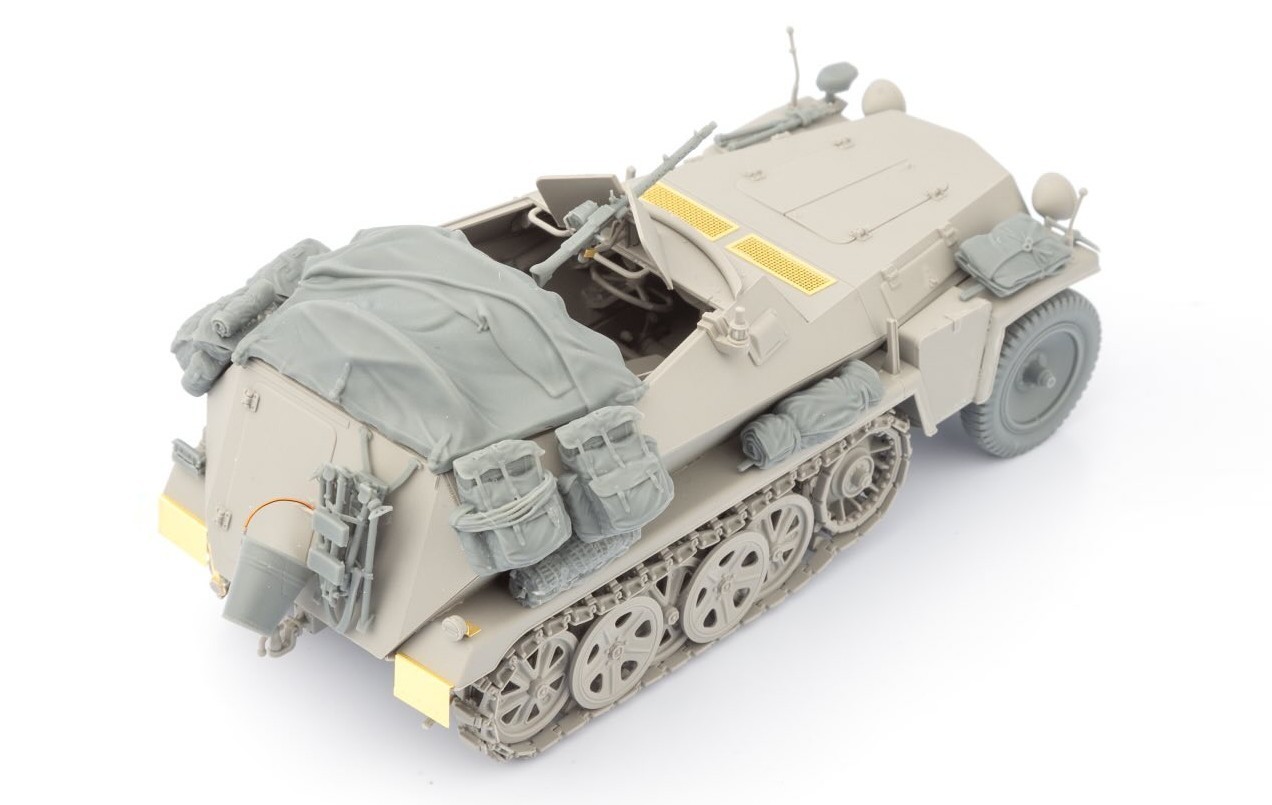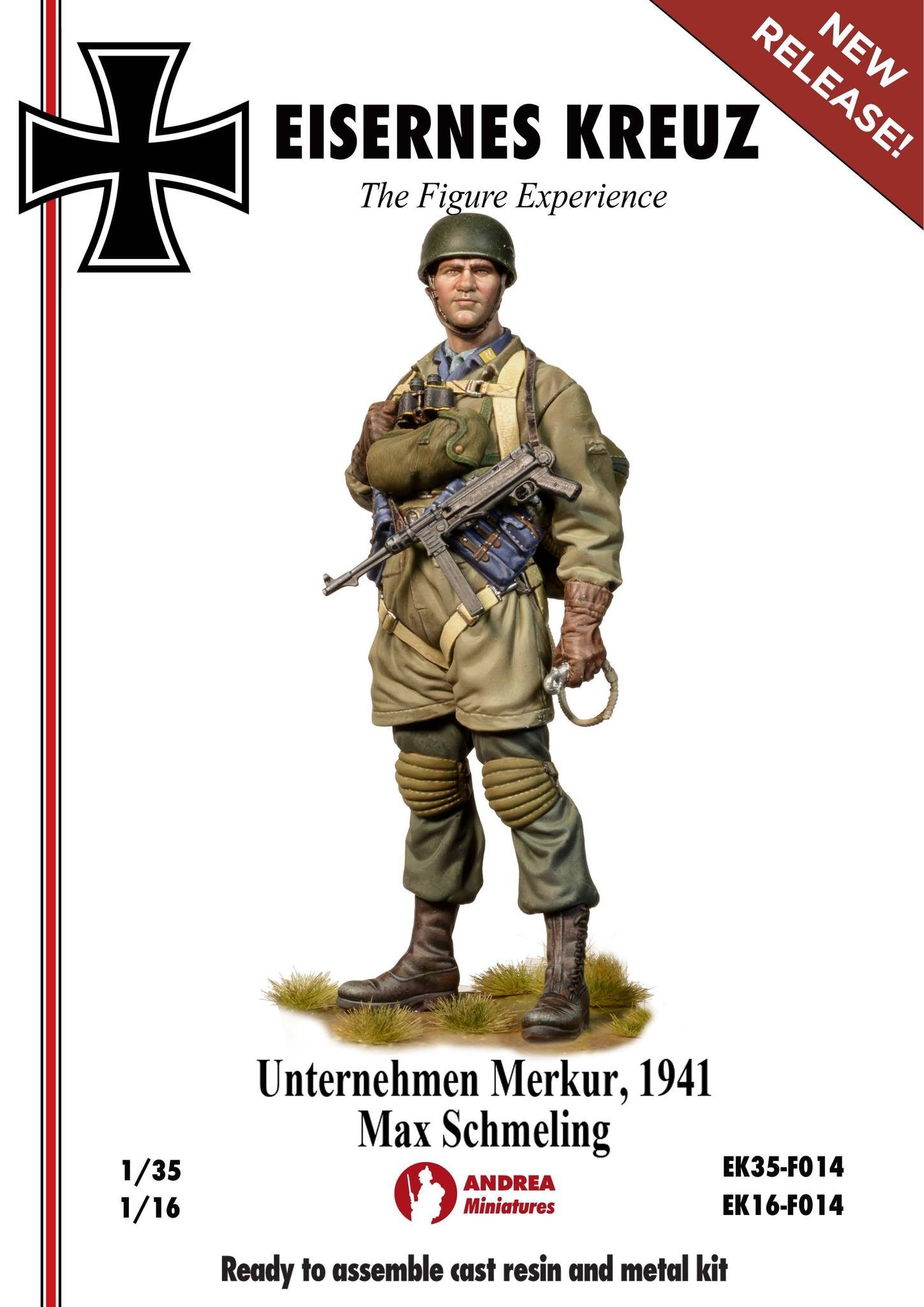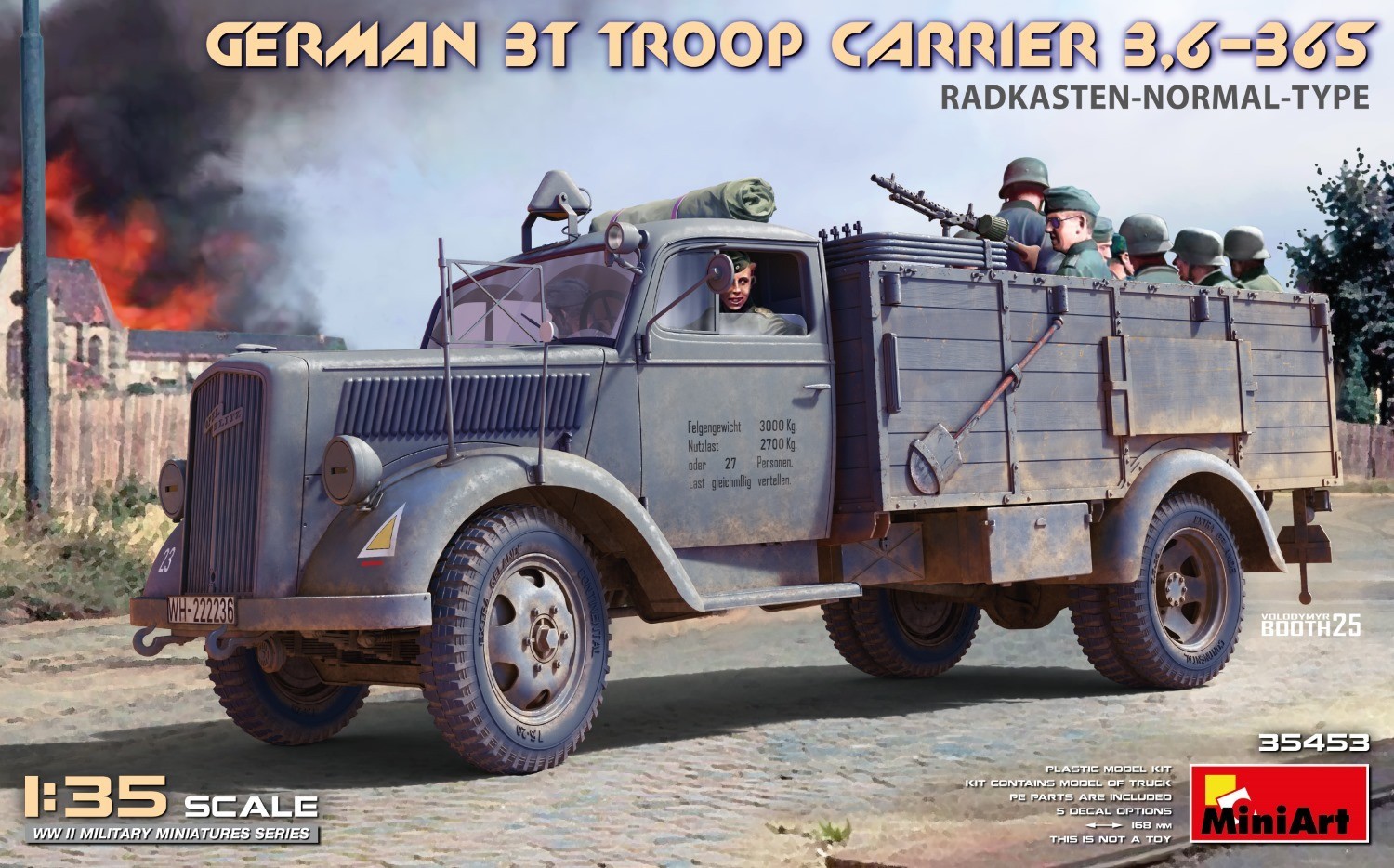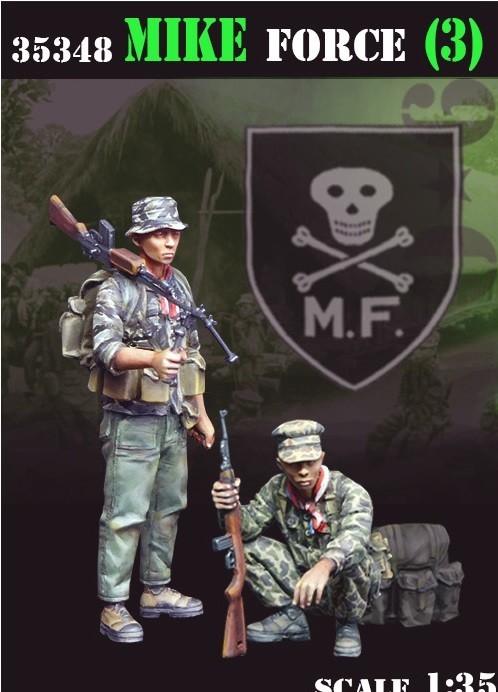Brief History
The Panther was intended to counter the Soviet T-34 medium tank and to replace the Panzer III and Panzer IV. Nevertheless, it served alongside the Panzer IV and the heavier Tiger I until the end of the war. It had excellent firepower, protection, and mobility, although its reliability was less impressive.
The Panther was a compromise. While having essentially the same Maybach V12 petrol (690 hp) engine as the Tiger I, it had better gun penetration, was lighter and faster, and could traverse rough terrain better than the Tiger I. The trade-off was weaker side armour, which made it vulnerable to flanking fire, and a weaker high explosive shell. The Panther proved to be effective in open country and long-range engagements.
The Panther was cheaper to produce than the Tiger I. Key elements of the Panther design, such as its armour, transmission, and final drive were simplifications made to improve production rates and address raw material shortages. Despite this, the overall design has often been described as "overengineered" due to the complexity of the design. The Panther was rushed into combat at the Battle of Kursk in the summer of 1943 despite numerous unresolved technical problems, leading to high losses due to mechanical failure. Most design flaws were rectified by late 1943 and early 1944, though the bombing of production plants, increasing shortages of high-quality alloys for critical components, shortage of fuel and training space, and the declining quality of crews all impacted the tank's effectiveness.
Though officially classified as a medium tank, at 44.8 metric tons the Panther was closer in weight to contemporary foreign heavy tanks. The Panther's weight caused logistical problems, such as an inability to cross certain bridges, otherwise, the tank had a very high power-to-weight ratio which made it highly mobile.
The naming of Panther production variants did not, unlike most German tanks, follow alphabetical order: the initial variant, Panther "D" (Ausf. D), was followed by "A" and "G" variants.
Book
This offering from Pen and sword is part of the Tank Craft books aimed at the modeller giving them the history and of course the builds of the Panther. The book itself is a softback book with a pagination of 64 and a glued spine with some nice artwork for the front of the book.
Author: Dennis Oliver is the author of over twenty books on Second World War armoured vehicles including Panzer III: German Army Light Tank, Operation Barbarossa 1941, Panzer III: German Army Light Tank, Tripoli to El Alamein, 1941-1942 and Stug III and Stug IV: German Army and Waffen-SS, Western Front, 1944-1945 and the Panther German Army Medium Tank Italian front 1944- 1945.
Contents
Introduction 1.
The Italian Front, 1944-1945 2.
The Panther Units 8.
Camouflage & Markings 17.
Model Showcase 27.
Modelling Products 41.
Technical Details and Modifications 49.
The Kriegsstarkenweissung 62.
Product Contact Details 64.
Review
On the 3rd of September 1943, after securing Sicily, the allies crossed the Straits of Messina and landed at Reggio Calabria on the Italian mainland. German units stationed in Italy at the time were technically under the orders of the Commando Supremo, the Italian high command, but any pretence of cooperation was dropped when the Italian government announced its surrender less than a week later and the Germans quickly moved to disarm their former allies. The main purpose of the landings along the Calabrian coast had been to distract the attention of the German commanders while another landing took place further north at Salerno. But the defenders were not so easily deceived and general field Marshall Albert Kesselring, who had been appointed to command all German military units in the Mediterranean, had held back LXXVI. Panzerkorps, his powerful mobile reserve, correctly predicted that the main allied effort would arrive at Salerno or Naples.
3rd of January 1944, the British begins their attacks against the Gustav line. On the following day, the Americans assault the German positions on the Bernhardt line.
12th January 1944. In appalling weather, the Americans begin their assault on the Gustav line, capturing the town of Cervaro on the Rapido river
15th January 1944. XIV. Panzerkorps abandons Monte Trocchio South of Cassino and withdraws across the Rapido river.
The battle for Monte Cassino continues back and forth we've both allies and axis trying to gain the upper hand.
The battle for Italy continued until the 28th of April 1945, when Generaloberst von Vietinghoff dispatches a messenger from his headquarters at Balzano toward the Allies’ lines seeking a ceasefire.
On the 30th of April 1945, American units made contact with the French forces near the Italo-French border, in Berlin Hitler committed suicide. 1st of May 1945 the German headquarters in Italy announces a succession of hostilities and German troops begin surrendering. the last remnants of panzer regiment 26 are interned near Brescia.
This book from Pen and Sword is aimed at modeller’s is a fact-finding read about the Italian campaign, like all Pen and Sword modeller’s books they are all easy to read yet hold many different facts about the battles in which their subject, in this case, is the Panther German army medium tank Italian front, 1944 to 1945.
The book has some stunning profile colour plates showing the different markings and camouflage used by different units these include the Panzerkampfwargen V Ausf A. 2. Kompanie Panzer-Regiment 5. Rome February 1944. Another Panzerkampf V ausf G. Panzer regiment 26. Northern Italy, spring 1945. This Panther was photographed from several angles this tank was fitted with anti-aircraft armour on the turret roof but not the engine deck which appeared to have been common with this battalion.
The modelling section of this book seems bigger with more builds than the usual tank craft books, the first kit build is the dragon Sd. Kfz. 171 Panther G early production with Zimmerit in 1/.72nd scale, built by Steve Shrimpton and is finished with the Voyager models with the Photo-etched detail sets a stunning finished model from Steve.
With further builds which include Panther Ausf G 1/35th scale Italeri by James Nigel Panganiban.
Panther Ausf D 1/35th scale the then-new tooled Tamiya kit from well-known modeller Brett Green, I am incredibly lucky to have built the new tooled Tamiya Ausf D for a review and the kit is good.
We then have a list of companies showing examples of their Panther tanks which include Tamyia, Rye Field models, Trumpeter/Hobby Boss, Meng model, Italeri, Takom, Revell, E.T. Model and finally one of my favourite companies growing up Airfix.
The next section of the book is about the aftermarket companies including Eduard model Accessories are well-known Polish model company that provides a vast amount of range of resin, photo etch and Brassin to name but a few. Model Artisan Mori is a small Japanese company producing resin upgrades for 1/35th scale armour models including detailed commanders’ cupolas and stowage boxes, they also produce more general items such as crew uniforms and tool sets and various other items. Voyager Models is another well-known aftermarket company, Royal Model, Rochm Model, and Aber.
The final section is the technical details and modifications which also gives plenty of details on different Panthers and detailed photos of different parts and gives times when things were changed or upgraded.
Conclusion
I have given this book some thought, and I have tried to be objective in what I have read, looked at and written, it is an amazing read that has left me wanting to find out more about the Italian front and the push-through from the Salerno landings. Its push north to Rome and the battle of Monte Cassino, a battle that raged on for five months to the end of hostilities in 1945
I do not think for one second you need to be a modeller to enjoy this book, and I am already looking for more information on the hostilities during the Italian campaign, but for a start, this book provides a good amount of detail on its subject the Panther tank plus some of the battles that went on in Italy.
I totally recommend this book to anyone who has an interest in the Italian campaign and of course the Panther tank for the price of £18.99 there is a lot of information and good resource material to pass it up, “Highly recommend”

